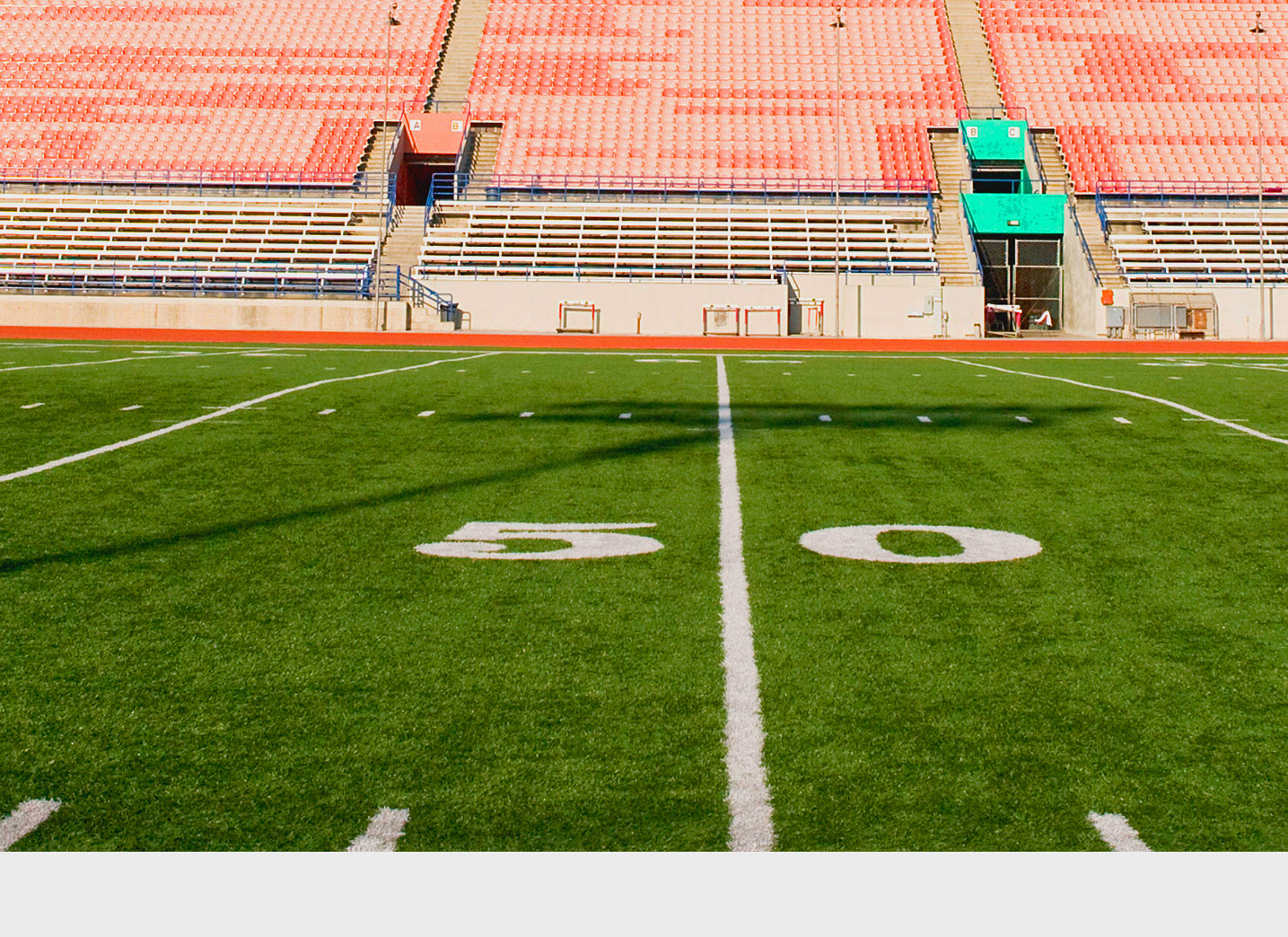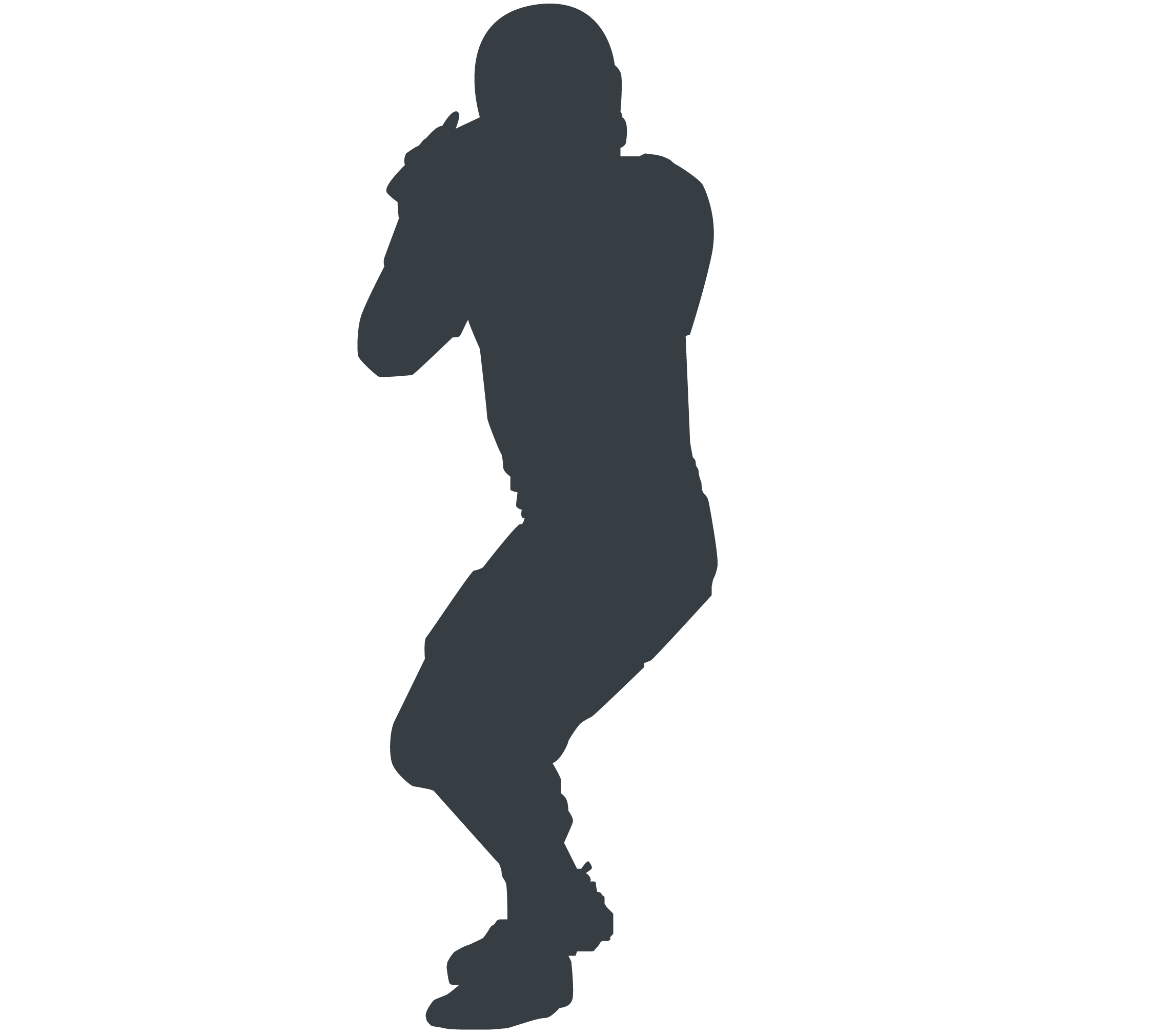Talk to your coaches, teachers, organization, or school about the prevention strategies below and how they might be incorporated into training and policies.
Managing Concussion
It is important to be aware of concussion signs and symptoms and know what to do if concussion is suspected. The Concussion Awareness Training Tool (CATT) is an online resource to learn more about how to recognize, prevent, and manage a concussion. CATT also includes resources on how to respond to a potential concussion situation, as well as detailed Return to School and Return to Sport protocol.
Coach Education Programs
A comprehensive coach education program, such as Heads-Up Football, and guidelines to restrict contact during practices, such as Pop Warner, were shown to decrease the risk of injury during practice.
Learn more about the Heads-Up Football program.
Learn more about the Pop Warner program.
Equipment
Personal protective devices such as mouthguards and ankle supports can be used to reduce the risk of injury. Lace-up ankle braces have been shown to reduce the incidence of ankle injury in football.
Helmet fit is an important factor in injury prevention. Consider how the helmet fits to reduce the risk for, and severity of, head injury.
Strength Training and Neuromuscular Training Warm-up Programs
Lower body injuries are common in football. Based on studies done in other sports, the risk of all lower body injuries may be reduced by up to 50% by regularly participating in a balance training exercise program with a resistance-training component. This is also referred to as a neuromuscular training warm-up program. Completing a warm-up program has the ability to lower the chances of common injuries to the ankle and knee.
ACC SportSmart
The New Zealand government has supported the creation of a warm-up program based on the FIFA 11+. This program has been shown to reduce injuries in rugby and is useful in preventing injuries in a number of sports. The program has exercises for both the upper and lower body.
Learn more about ACC SportSmart, which has training videos and other resources.
Oslo Sport Trauma Research Centre Neuromuscular Training
Due to the physical demands of football, some athletes sustain shoulder injuries. The Oslo Sport Trauma Research Centre has developed exercises that specifically help keep the shoulder strong and reduce the risk of shoulder injuries. This resource includes videos and PDFs for download.
Learn more about exercises to help prevent shoulder injuries.
Learn more about exercises to help prevent back injuries.
For more exercises, visit http://fittoplay.org/.
Sport-related Physicals
Football is a physically demanding sport and some pre-existing conditions may increase the risk of injury. A sport-related physical evaluation at the beginning of each season ensuring fitness to play can help to reduce risk of injury. KidsHealth provides information about what sports physicals are, why they may be appropriate and where you may go to get them.
Learn more about Kids Health Sports Physicals.
Facilities
The Ontario Physical Education Association (OPHEA) provides recommendations for safely implementing flag/touch football in elementary schools.
Learn more about implementing flag/touch football in elementary schools.






